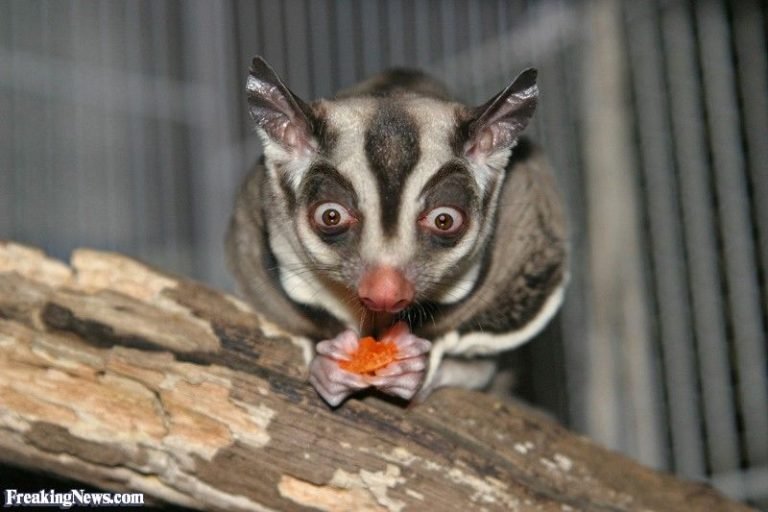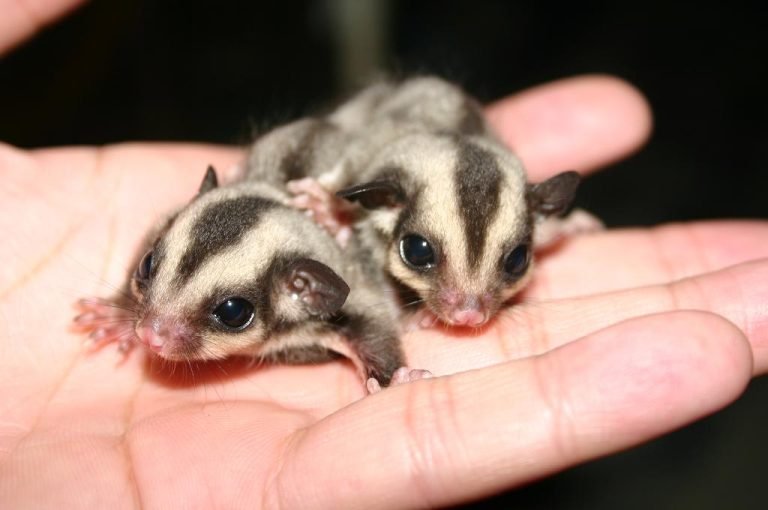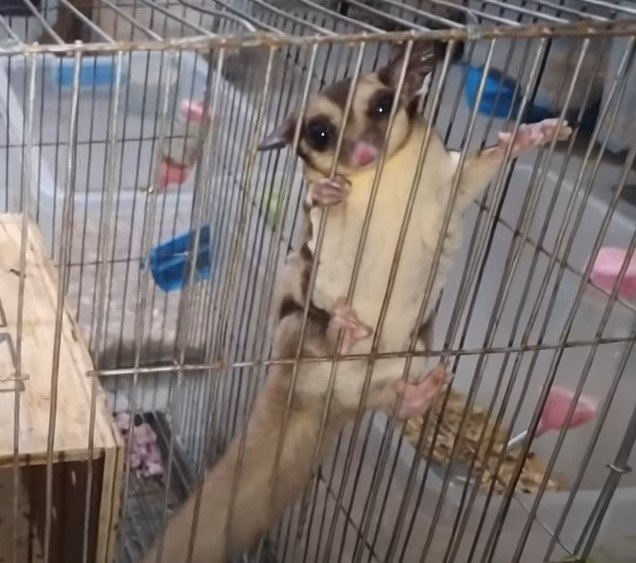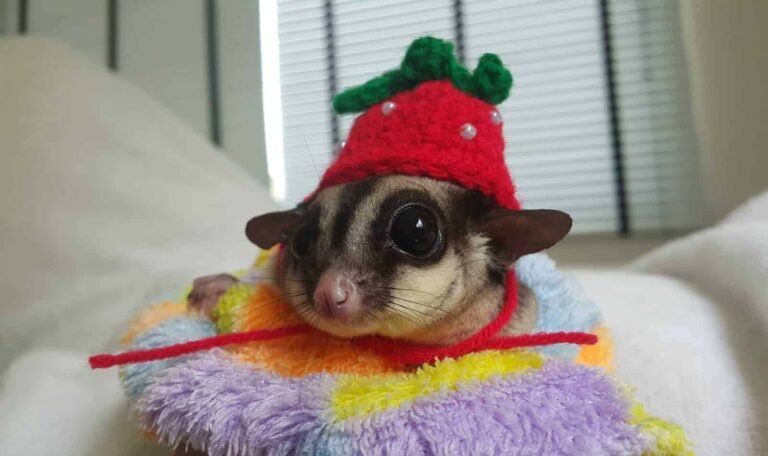What Do Sugar Gliders Live In
If you’re curious about sugar gliders and what their living conditions are like, you’re in the right place. In this article, we’ll explore what sugar gliders live in and how they create their natural habitat. We’ll also discuss the importance of providing suitable living conditions for these adorable creatures.
So, what do sugar gliders live in? Sugar gliders are native to the forests of Australia, Indonesia, and the surrounding areas. In the wild, they can be found living in tree hollows, known as their natural habitat. These tree hollows provide shelter and protection from predators, as well as a place to rest and sleep during the day. Sugar gliders are nocturnal, which means they are most active during the night.
Now let’s delve deeper into the various aspects of sugar gliders’ living conditions.
Natural Habitat for Sugar Gliders
In their natural habitat, sugar gliders live in forested areas with plenty of trees. The dense canopy of trees provides them with the perfect environment to glide from tree to tree using their patagium, a membrane that extends from their wrists to their ankles. This gliding ability allows them to cover long distances and escape from predators.

Tree Hollows
Tree hollows play a vital role in the lives of sugar gliders. These hollows are typically formed by decay, lightning strikes, or animals that burrow into the trees. Sugar gliders use these hollows as their nesting sites, where they build nests out of leaves, bark, and moss. The deep crevices of the hollows provide a safe and secure space for them to rest and raise their young.
Environmental Factors
Sugar gliders thrive in areas with a warm climate and high humidity. The tropical rainforests and eucalyptus forests of their natural habitat provide the ideal conditions for their survival. These forests offer a steady supply of food in the form of nectar, sap, insects, and fruits, which are essential for their diet.
Captivity and Sugar Glider Enclosures
When it comes to keeping sugar gliders as pets, it’s crucial to recreate their natural habitat as closely as possible. Providing a suitable enclosure is essential for their physical and mental well-being. A well-designed enclosure will give them enough space to glide, climb, and exercise.
Enclosure Size
Sugar gliders are active animals and need plenty of space to explore and move around. Ideally, their enclosure should be at least 2 feet wide, 2 feet deep, and 4 feet tall. This ensures they have enough room to climb, glide, and play.
Cage Setup
Inside their enclosure, provide a variety of perches, branches, and platforms for your sugar gliders to climb on. This mimics their natural environment and gives them opportunities for exercise and play. Adding nest boxes or pouches will give them a cozy spot to sleep during the day.
Environmental Enrichment
To keep your sugar gliders mentally stimulated, include toys, tunnels, and hanging pouches in their enclosure. These enrichment items provide entertainment and help prevent boredom, which can lead to stress and behavioral issues.
Frequently Asked Questions
Now let’s answer some common questions about what sugar gliders live in and their living conditions:
Q: Can sugar gliders live in a regular birdcage?
A: No, sugar gliders require more space and vertical depth than a birdcage can provide. It’s best to invest in an enclosure specifically designed for sugar gliders.
Q: Do sugar gliders need any special lighting in their enclosure?
A: Sugar gliders are nocturnal creatures and don’t require any special lighting. However, it’s essential to provide a dark and quiet environment for them to sleep during the day.
Q: Can sugar gliders live alone?
A: Sugar gliders are social animals that thrive in small groups. It’s recommended to keep them in pairs or small colonies to ensure their social and emotional well-being.
Final Thoughts
Understanding what sugar gliders live in is crucial for providing them with the best possible living conditions. By recreating their natural habitat in captivity, we can ensure these marvelous creatures thrive both physically and mentally. Creating a suitable enclosure with ample space, appropriate climbing structures, and environmental enrichment is vital for their overall well-being. So, if you’re considering keeping a sugar glider as a pet, make sure to provide them with a home that mimics their natural habitat to keep them happy and healthy.







